Update 2025 April 28: (1) It took a lot of work but we finished preparing another great batch of images, thanks for your patience! (2) Welcome University of Washington undergraduate student Naomi to the project science team! (3) New to the project? Check out this incredible and accurate AI-generated podcast about our super-paper! (4) Stay tuned for an exciting new Active Asteroids subproject that will include data from the Canada-France-Hawaii Telescope (CFHT)! This will be an alternate workflow we hope to have live in May 2025!
The Team
Core Research Team
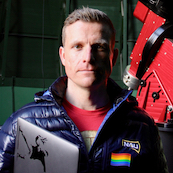
Colin Orion Chandler
Project founder Dr. Colin Orion Chandler leads this project as Principal Investigator. Now a Project Scientist of the LSST Interdisciplinary Network for Collaboration and Computing (LINCC) Frameworks and a Postdoctoral Scholar at the Data Intensive Research in Astrophysics and Cosmology (DiRAC) Institute, both at the University of Washington. (LSST is the Vera C. Rubin Observatory Legacy Survey of Space and Time.) Colin was a Presidential Fellow at Northern Arizona University. There, Colin proposed this project and was selected for award by the prestigious National Science Foundation Graduate Research Fellow Program (NSF GRFP). Colin is also co-chair of the LSST Solar System Science Collaboration (SSSC).
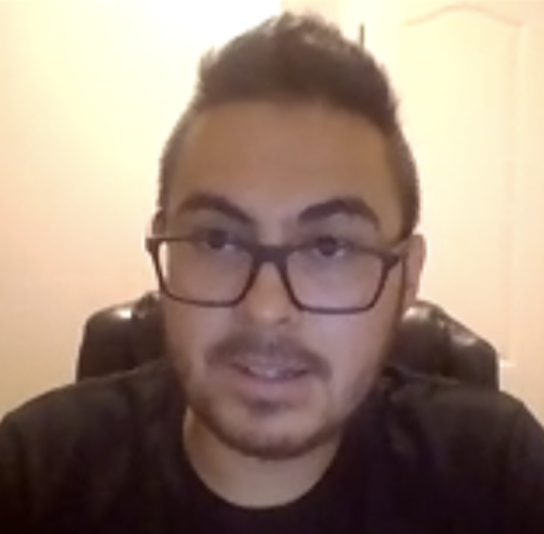
Jay Kueny
Cofounder Jay Kueny is an NSF GRFP recipient at the University of Arizona / Steward Observatory, and helped design the Active Asteroids program while at Lowell Observatory and Northern Arizona University.
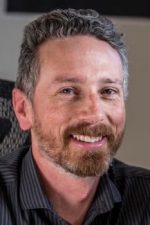
Chad Trujillo
Cofounder Prof. Chad Trujillo (Northern Arizona University) is the project's Chief Science Advisor.
Project Scientist Dr. William Oldroyd (Northern Arizona University) is part of the follow-up observation and analysis team. Will specializes in orbital dynamics and is an experienced observer with the Lowell Discovery Telescope and Large Binocular Telescope.
Project Scientist Prof. Henry H. Hsieh (Planetary Science Institute) specializes in active bodies of the solar system and is one of the top leaders in our field. Henry also has experience with Citizen Science projects, and leads a software working group at the Vera C. Rubin Observatory Legacy Survey of Space and Time (LSST) Solar System Science Collaboration.
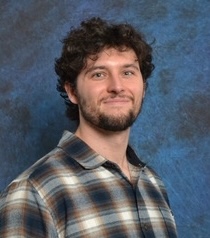
Will Burris
Project Scientist Will Burris, a graduate student at Northern Arizona University, specializes in the analysis of project classification data. Will also helps out with follow-up telescopic observations of objects of interest that stem from the project.
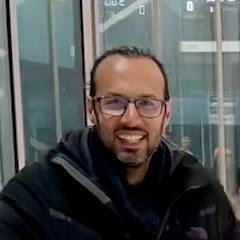
Nima Sedaghat
Project Scientist Dr. Nima Sedaghat (University of Washington, DiRAC Institute, and founder of the Raw Data Speaks initiative) is an expert in the field of artificial intelligence (AI), especially machine vision.
Project Scientist Jarod A. DeSpain (Northern Arizona University) focuses on forum interaction and follow-up telescope observations.
Project Scientist Kennedy A. Farrell (Northern Arizona University) specializes in follow-up telescope observations on behalf of the program.
NASA Citizen Scientist Co-authors
These amazing individuals have contributed extensively to the project. All have classified an overwhelming majority of project images, and they regularly provide feedback on publications and other critical areas of project development.
Individual profiles coming soon!
Contributors
Scott Sheppard (Carnegie Institute) is a regular contributor of invaluable telescope time at world-class telescopes.
David Wang (University of Washington) is a regular donor of telescope time.
Eric Bellm (University of Washington) is a regular donor of telescope time.
Jessica Birky (University of Washington) has donated valuable telescope time.
Dr. Annika Gustaffson (Southwest Research Institute, Lowell Observatory, Northern Arizona University) was part of the follow-up observation and analysis team. Annika led the Near-Infrared High-Throughput Spectrograph (NIHTS) commissioning team at Lowell Observatory and has extensive experience observing with the Lowell Discovery Telescope.
Science Advisory Board
Dr. Mark Jesus Mendoza Magbanua is a geneticist at the University of California San Francisco specializing in breast cancer circulating tumor cell liquid biopsy and genomic data science applications. As a scientist from an independent field of study, Mark provides a distinct perspective on the project that bridges Citizen and Scientist. Mark has also accompanied Colin Chandler on multiple telescope observing runs and has himself observed for the project.
Prof. David Trilling (Northern Arizona University) specializes in small solar system body observational techniques including ground- and space-based telescopic survey design.
Prof. Michael Gowanlock is a professor of Informatics (Big Data) at Northern Arizona University. Mike has a background in astronomy and he specializes in high performance computing applications.
Funding Sources
Chandler is funded by the LINCC Frameworks initiative and funded by the NSF GRFP under Grant No. (2018258765).
Chandler and Sedaghat acknowledge support from the DIRAC Institute in the Department of Astronomy at the University of Washington. The DIRAC Institute is supported through generous gifts from the Charles and Lisa Simonyi Fund for Arts and Sciences, and the Washington Research Foundation.
Jay Kueny is funded by the NSF GRFP under Grant No. (2020303693).
Chandler, Hsieh, and Trujillo. acknowledge support from the NASA grant 80NSSC19K0869.
Oldroyd acknowledges support from NASA grant 80NSSC21K0114.
Burris acknowledges support from NSF grant 1950901.
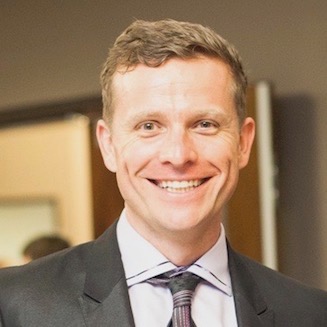

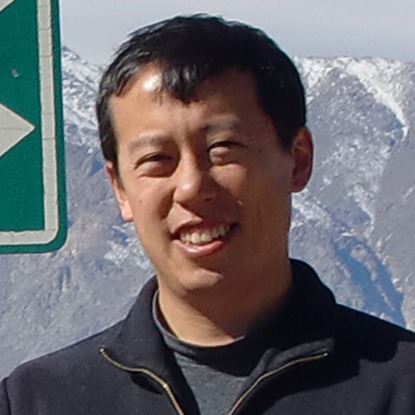
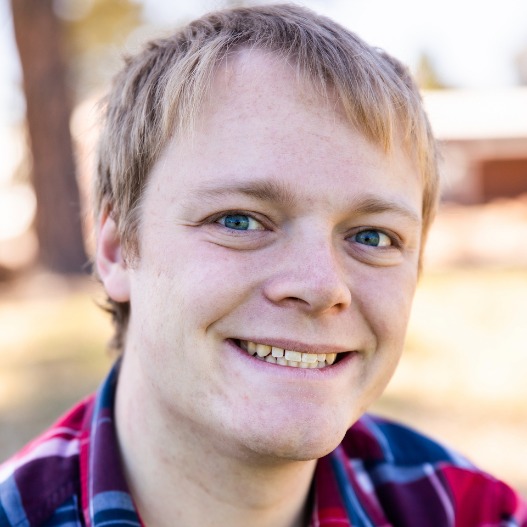

 K_Junebug@K_Junebug
K_Junebug@K_Junebug


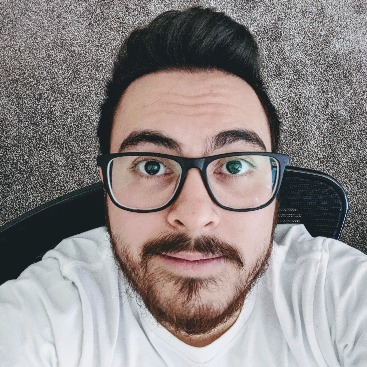

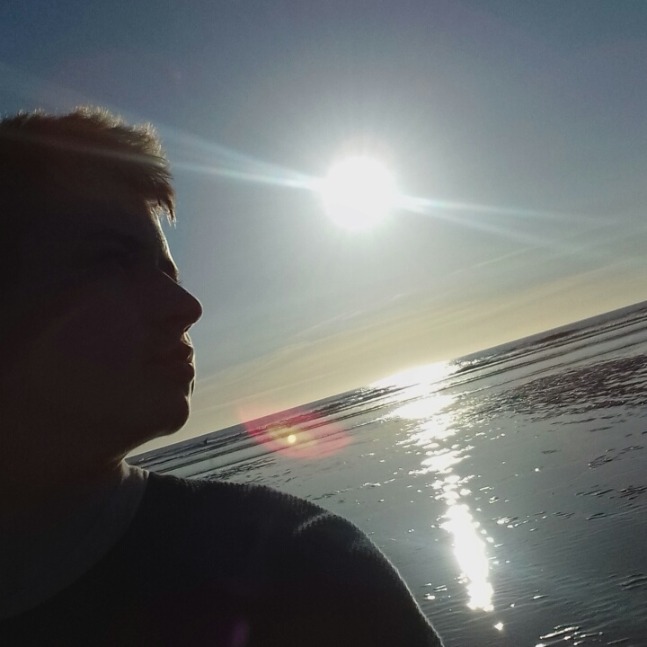





 K_Junebug@K_Junebug
K_Junebug@K_Junebug




